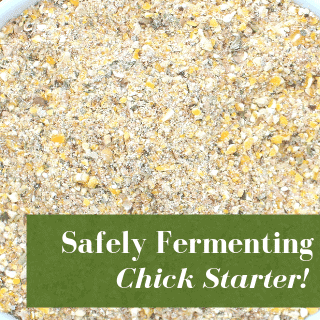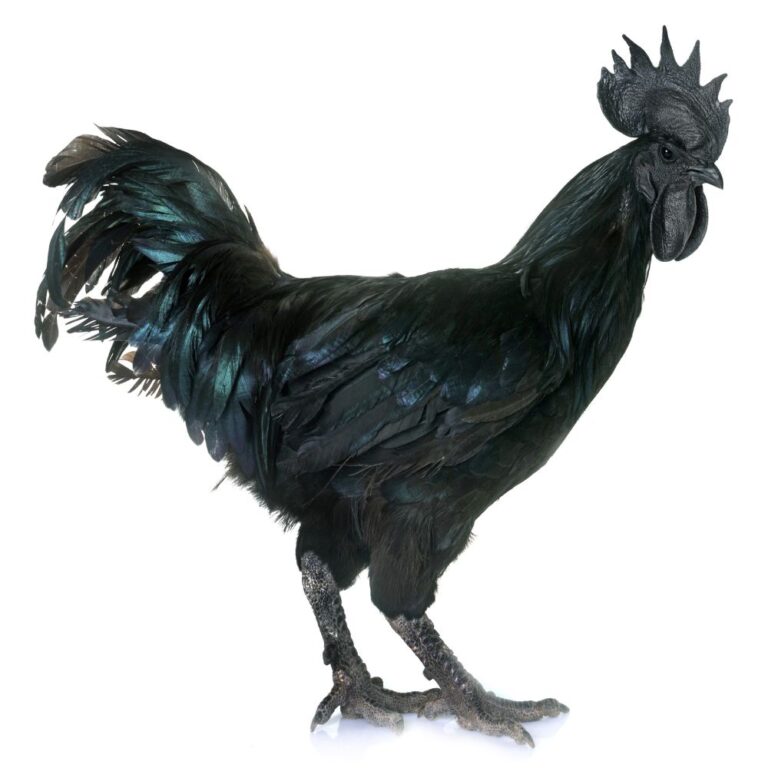Chickens are special pets with quirky rituals, one of which is roosting on chicken perches. It’s not just a meaningless habit – it’s purposeful and necessary. Intriguing, I know. Come along and learn all the fun details about chicken perches, why chickens roost, the best way to set up roosting bars, and more!
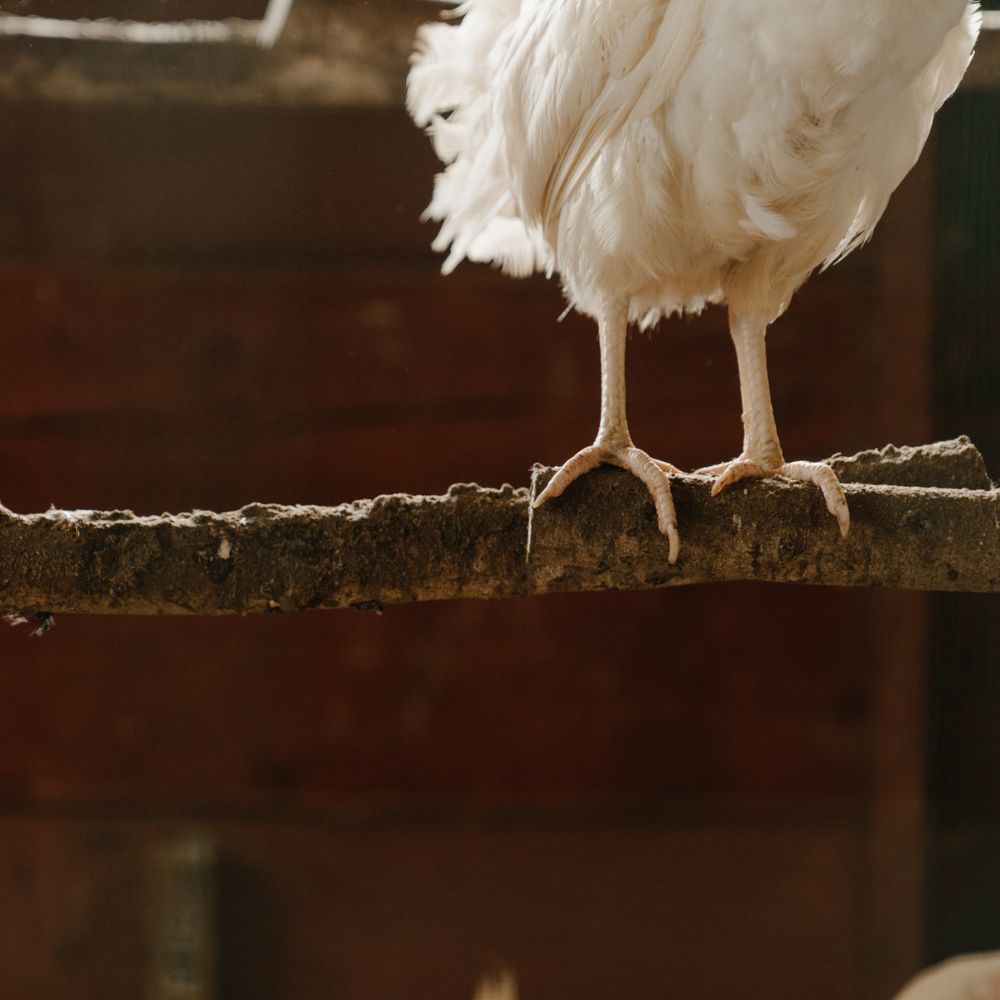
Table of Contents (Quickly Jump To Information)
What Are Chicken Perches?
The phrase “chicken perches” is often exchanged with “roosting bars”. Are they the same thing? Yes, they are. Technically a chicken perches on a roosting bar, or at least that is the most common terminology used.
Some folks may say that when a chicken perches, it’s outside of the coop on a tree limb or fence for resting or watching…and when they go up for the night they roost.
Either way, you get the point (and we’ll just say the terminology is interchangeable). Chickens aren’t ground dwellers. It’s an internal drive – a need – to roost. They WILL roost at night. If you don’t provide a roosting bar for them they will roost on whatever they can find (even if it doesn’t seem appropriate or comfortable).
Why Do Chickens Roost?
It’s not complicated, but perhaps you haven’t put thought into this question before now (which is totally normal 😉). Chickens roosting on chicken perches or roosting bars is a natural instinct built into chickens to avoid predators.
Let’s face it, poultry is pretty low in the food chain – they have several predators that sincerely enjoy chicken dinners as often as possible. Everything from raccoons to neighbor dogs, coyotes to owls.
Of course, if you have a predator-safe chicken coop and you shut the door every night, they have no need to fear. But they don’t understand that and you can’t reason with them (trust me, I’ve tried). Regardless of how safe they are, they will roost. And if they accidentally get locked outside the coop, they will find alternative chicken perches – whether it be a tree, a fence, the roof of the coop, or other more dangerous places you wish they never perched.
A Perch is a Perch – Or is It?
Chickens can, and will, use any old perch you provide but that doesn’t mean it’s the best setup. There are definitely specific methods and ways of making chicken perches for your favored friends. Here is a list of food for thought when it comes to providing roosting areas for your birds.
Hint: The reasons behind this list will be covered more in depth below.
- Chicken perches should be about 1.5 to 4 feet off the floor.
- If possible, put chicken perches above (or away from) your laying boxes so the chickens are not inclined to roost in the nesting boxes (especially if you use nesting herbs to make their boxes more inviting…nighttime is not the time you want them to enjoy those spa-like herbs!).
- Roosting (or perching) bars should be about 2 inches wide for a more comfortable grip.
- Provide 8 to 12 inches of space per bird.
- Do not place chicken perches over anything you don’t want to be decorated with poop.
- Be sure there aren’t screws poking out, sharp edges or splinters on the wood, or any other dangers for your sweet birds (You might need to sand the wood to make it smooth and problem free).
Why Does Any Of This Matter?
Chicken Perch Height Matters
The reason the height of the perches matters is for safety. As long as your coop is shut up at night, your chickens don’t really need to be super high to avoid predators. Plus, if the roosting bars are too high your chickens may get hurt when they try to get off of the perches, especially large and heavy chickens.
The highest perches should likely not exceed 5 feet to ensure the safety of your flock.
There is a risk that they can hurt their wings as well if they don’t have enough open space to properly fly down off the chicken perches without flopping into the walls.
Roost Placement Matters
Let me explain this with a personal story. The house we bought has a great barn with amazing built-in chicken coops. The folks who built the barn tried to make them top-notch coops. And they are….buuuuutttt…they put the roosting bars right in front of the nesting boxes.
This means that my chickens want to roost IN the nesting boxes. The reason this is a problem is that they poop all night in the nesting boxes, so where they lay eggs is full of poop. Yuck! This caused me a ton of extra cleaning work that I don’t have the time (or the desire) for. I had to make a contraption to close off the laying boxes at night so they won’t go in and make a mess.
On the other hand, if you place the roosting bars above the nesting boxes, the chickens will likely use the bars because they seek the highest reasonable refuge. This, of course, means they will poop on top of your nesting boxes. But life is such.
If you have extra space (which most of us don’t), you can put the chicken perches on the other side of the coop so they aren’t pooping on top of your nesting boxes.
Roosting Bar Size Matters
Both the diameter and the length of the bars (or perches) do matter! The chickens need enough foot space so their feet are not damaged or strained. If you are using round perches they should be around 2 inches in diameter. Chickens will also roost on square, rectangle, and flat surfaces – but they all need around 2 inches of foot space.
One item that makes roosting super easy to facilitate is a ladder. Chickens love to roost on ladders that are placed against the wall at an angle. Use wooden ladders, not metal (metal gets too cold in winter, too hot in summer, and slippery when wet).
Beyond that, hens (and roosters) need enough space to all have a place to perch comfortably for the night. This also means they need space to fly up and get situated. A girl needs some elbow (or wing ) room from time to time, ya know?
During warm nights backyard chickens will need plenty of room to spread out so they don’t get too hot. While during cold winter months they will huddle close together to produce as much warmth as possible.
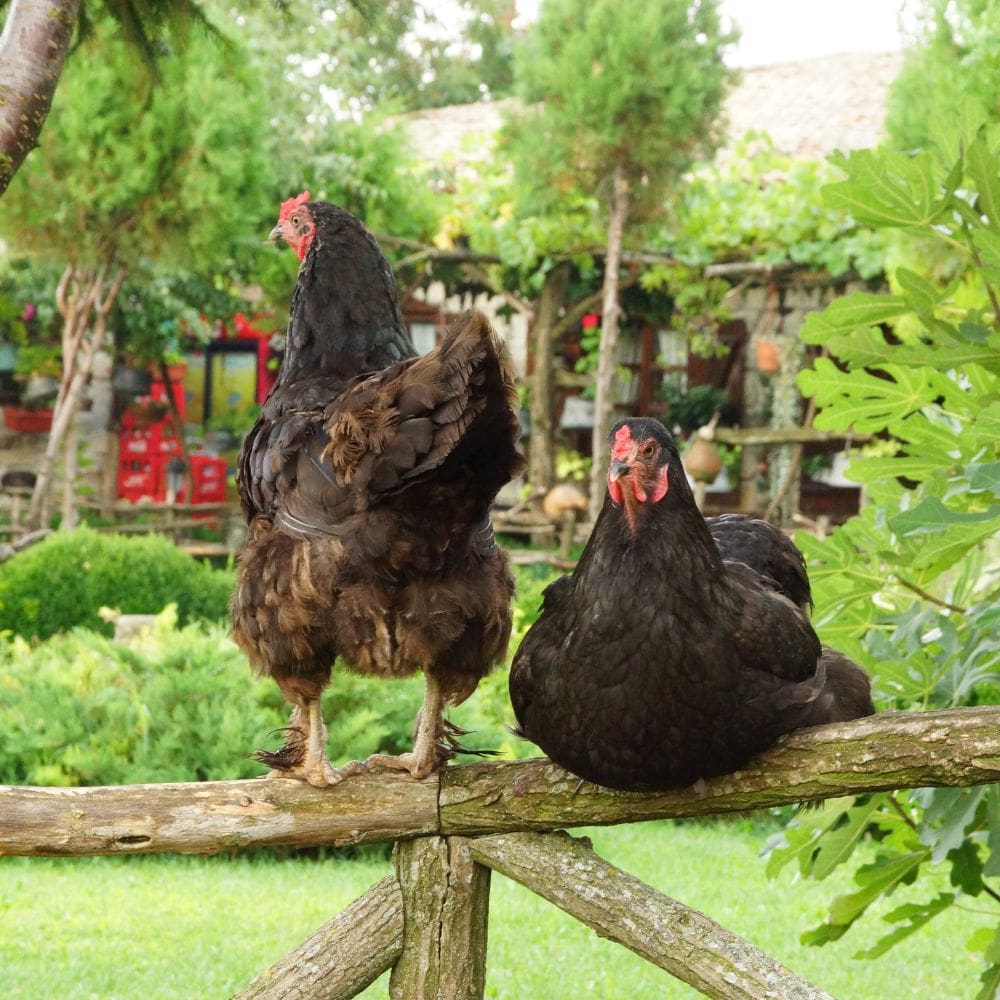
Pecking Order and Chicken Perches
Chicken pecking order is an intricate system and they all know the invisible rules of the game. Pecking order affects who eats first, who eats the most, who gets mated, and who does the mating (and so on). But it also plays a role in the roosting rituals they exhibit.
The Bossy Flossies will get the best, most desirable roosting spots – you can count on that. Just be sure there is a spot for everyone and don’t worry about trying to rearrange any chickens. The minute you do, they will resort – trust me.
Just recently I attempted to rearrange the chicken universe for my sweet little silkie, named Doodles, to ensure her warmth on a cold night. You would have thought I was poking every chicken with a hot poker. I guess I won’t do that again. Sorry Doodles but the top hens get first choice.
Why Not the Floor? (since they are safe from predators)
We’ve established that chickens roost by nature to avoid predators. But we’ve also established that your flock doesn’t really need to roost because we keep them safe at night by shutting up their coops. So why can’t they just perch on the floor? Wouldn’t that simplify my coop?
There are a couple of problems with this idea. First, your chickens would be very unhappy. They would likely not want to go into the coop at night, they would seek out other roosting places. It’s built into their DNA, they want to roost.
The other reason is that your chickens would be more susceptible to parasites, bacteria, and infection if they huddle on the floor instead of a roosting perch. They would be wallowing in their own poop, and you can imagine how bad this would be for them.
Lastly, little critters like mice (and even rats) can munch on your chickens’ toes if they are huddled on the coop floor. Ouch!
Summary
Chicken perches and roosting bars are not usually on the top of the “worry” list. But at least now you know there are things you need to consider. You now have the knowledge to ensure your backyard buddies have ideal roosting areas for their sleeping comfort!
Other Helpful Chicken Articles
- Bumblefoot in Chickens Is Easily Treatable
- What is the Difference Between Chicken Mites & Lice?
- Top 10 Largest Chicken Breeds That Are Also Great Pets
- Chickens, Frostbite, & Care
- 3 (Easy) Steps To Feeding Day Old Baby Chicks
- How Many Chicks Should Be In a Brooder?
- 55+ DIY Chicken Coop Plans For Free

A happy wife, mother, teacher, writer, hobby farmer, lover of chickens, and contributor to Pampered Chicken Mama!

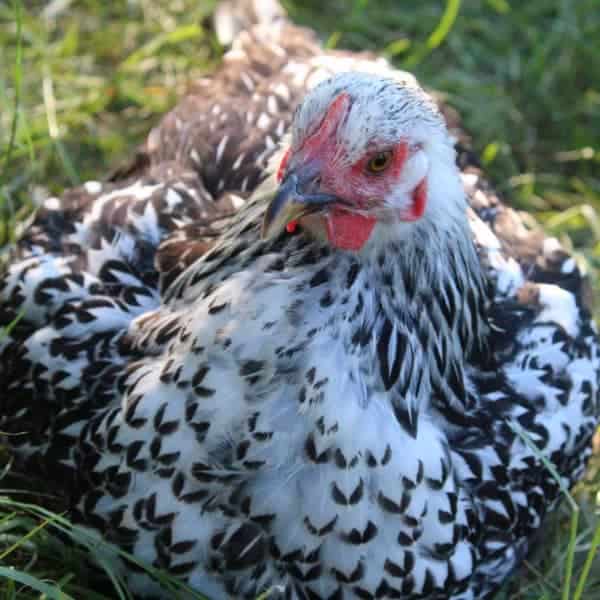
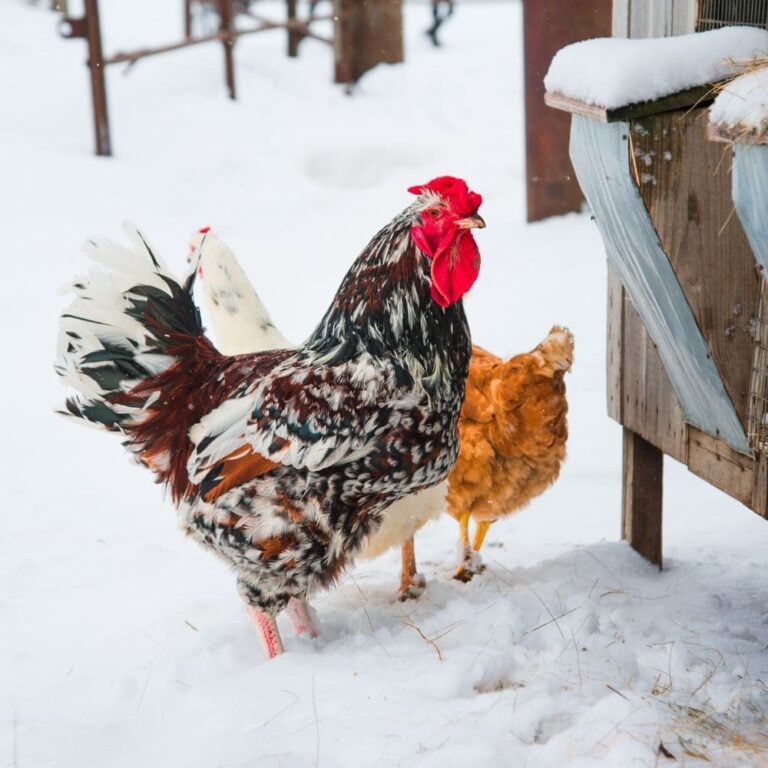
![Chickens Not Laying? Here’s Why. Session 2 Of “What The Cluck?” [Podcast]](https://thefrugalchicken.com/wp-content/uploads/2015/10/podcast-session-2.jpg)

